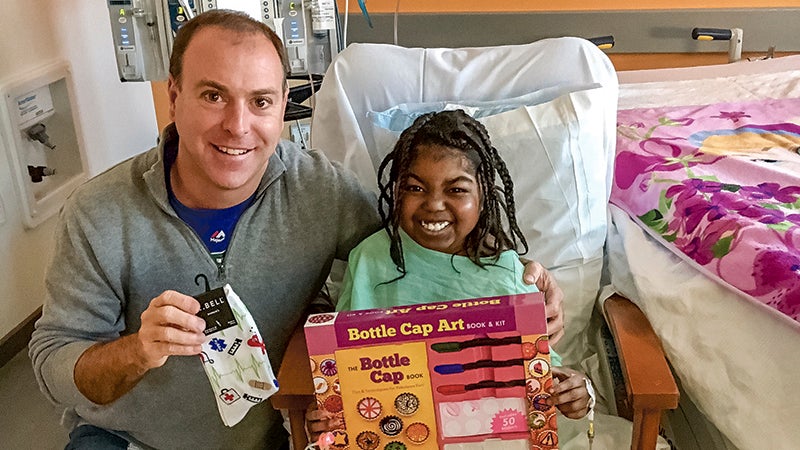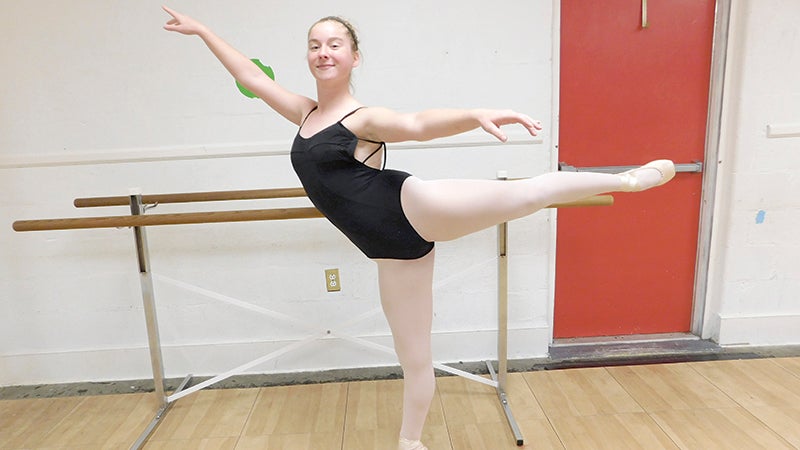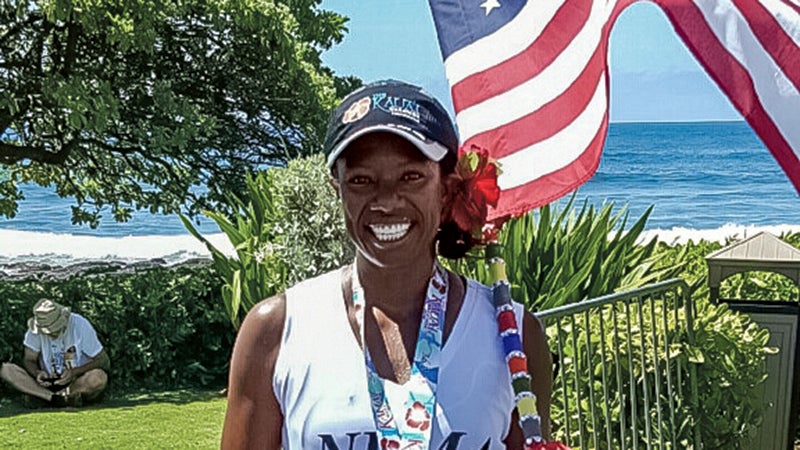Roots in Suffolk, centenarian soars
Published 10:31 pm Wednesday, May 28, 2014

Henry Miller, born in Suffolk and now residing in Oklahoma, gazes upon an audience at Spartan College of Aeronautics and Technology in Tulsa, where he studied and worked, before taking to the sky one more time in a Spartan C-3 biplane for his 100th birthday. (James Gibbard/Courtesy of Tulsa World)
He left his boyhood home 83 years ago, but Henry Miller’s roots plunge deep into Suffolk’s sandy loam, even as the man himself soars.
Miller’s family lived on Clay Street, he said in a phone interview Wednesday from a Tulsa, Okla., retirement home.
The home was two blocks away from Suffolk High School, now the Suffolk Center for Cultural Arts, which he left before finishing the 10th grade.
“I was a show-off,” Miller said. “I didn’t have a father — my mother and father divorced. I was the class clown.”
Everything important to a young boy was within walking distance. “It was a pleasure to walk to Lake Kilby,” Miller said. “There were always places to go.”

At the Spartan College of Aeronautics and Technology in Tulsa, Okla., for his 100th birthday, Suffolk native Henry Miller prepares to get airborne in a Spartan C-3 biplane, which he worked on and flew as a younger man. (James Gibbard/Courtesy of Tulsa World)
On April 12 for his 100th birthday — 10 days ahead of the actual milestone — Miller gazed down on the varied terrain of Tulsa from the cockpit of a Spartan C-3 biplane.
It was an aircraft he’d worked on and flown as a mechanic at the Spartan College of Aeronautics and Technology, which provided the flight after Miller had gotten talking to the curator during a 2011 visit to the Tulsa Air and Space Museum.
After asking Miller if he knew anything about a C2-60 suspended from the ceiling, and getting a comprehensive briefing on the monoplane Spartan had used for training when Miller first went to work for them in 1938, Miller’s escort had called the curator over.
“Me and the curator got to be pretty good friends,” Miller recalled. “One day … he said, ‘You are going to be 100 years old before too long — what are you doing?’ I said one thing I’d really like to do is fly in an old C-3 biplane one more time.”
Though Miller never got a full pilot’s license, he’d flown a Spartan C-3 in the spring of 1939, he said, and would fly friends’ biplanes after working on them.
Such planes, coincidentally, will be flying into Suffolk Executive Airport for this weekend’s Festival of Flight.
“That was the start of it,” Miller said of the conversation with his curator friend. “He contacted Spartan, and they agreed to have a pilot and plane available.”
Two family names on Miller’s mother’s side, Kilby and Smith, reach into Suffolk’s past a long way.
When the Smith farm, south of downtown, was caught in the middle of a clash between Union and Rebel forces during the Siege of Suffolk in 1863, “the family made a run for the woods” after the house was set ablaze, Miller said.
In the fog of war, believing they were opposing soldiers, troops from both sides fired upon the Smiths.
Miller’s great-great-grandmother and great-great-grandfather both were struck by bullets, he said.
Judith Kilby Smith died, believed to have been the only civilian casualty of the siege. (Smith and her infant daughter, who died soon after her mother, are buried beside each other in Cedar Hill Cemetery, according to Suffolk historian Kermit Hobbs.)
“That was the breakup of the family farm,” Miller said.
Other Suffolk family members took in most of the Smith brothers, according to Miller, while two went to family in North Carolina.
“The brothers (subsequently) fought all through the Civil War,” he said. “Uncle Billy” was sent out ahead of the Confederacy’s famous infantry assault on the last day of the Battle of Gettysburg — Pickett’s Charge — to reconnoiter artillery positions.
The Kilby family, meanwhile, owned Lake Kilby “and a good part of west Suffolk,” Miller said.
The name arrived here with John Kilby, Miller said, who settled on the Eastern Shore, then afterward Suffolk, after some noteworthy experiences.
Around the time of the Revolutionary War, the English imprisoned Kilby, his great-great-great-grandson explained, in their port city of Portsmouth, along with many other colonials found guilty of piracy.
“Benjamin Franklin went and bailed out 200 of them and took them to Marseille, France, and they became the crew of the Bonhomme Richard,” Miller said.
John Paul Jones, a native Scotsman who volunteered for the Continental Navy after settling in Virginia, captained the warship, and he and his crew assailed the enemy’s homeland, sinking merchant and Royal Navy ships.
The beauty of flying in an open-cockpit biplane is “the feeling of being out in the air rather than being cooped-up in a cabin,” Miller said of his half-hour birthday flight.
“I held onto the controls just enough to say I was flying it.”
He said that while in a cabin airplane “you have to turn and twist the plane to get a good view of what’s going on around you,” in a biplane “you can see 360 degrees, no trouble.”
Asked how it felt to be a centenarian aloft in a plane from his youth, Miller replied: “You ever have a rush of adrenaline? You know what I’m talking about.”
Miller said he felt younger — “full of energy I never knew I had. It was just a wonderful feeling to be young again.”
Miller left Suffolk to join the Navy toward the end of 1931, he said, but returned regularly before his honorable discharge as a second-class radioman.
After the Navy, he used his savings to take classes at Spartan while working as a night watchman and mechanic, which was when he flew the C-3 and other Spartan biplanes, he said.
Post-Spartan, Miller worked for aeronautics companies in California, returning to Tulsa to work for North American Aviation.
Then, after a stint back in California immediately following his retirement, he finally settled in the Tulsa area in 2007.
Miller’s mother eventually moved to Tulsa after staying in Suffolk for a while, and his sister lived in Suffolk into her 80s, before moving into a Virginia Beach nursing home.
Several newspapers and television stations have pursued the story of Miller’s flight.
“I can’t believe I’m getting this much attention,” he said. “It certainly makes an old man feel good.”





